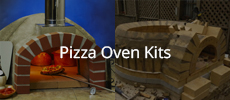Originally posted by david s
View Post
Originally posted by stonecutter
View Post
Voids are fine, check #8 for the method....it's done with success everywhere.






Leave a comment: